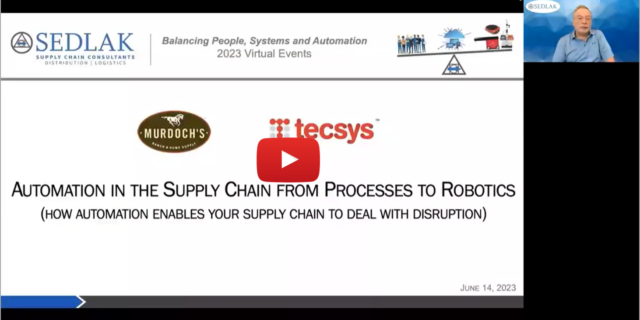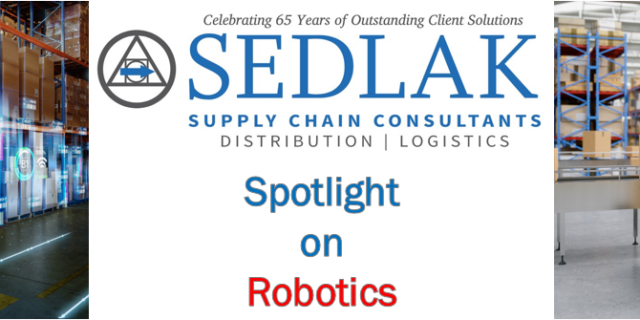Taking Control of Your Operations During COVID
October 29, 2020 By: Senior Management | Topics: Operations Improvement, Supply ChainBy Manager Karl Sliwinski
As the COVID-19 event enveloped us, people stopped what they were doing and started to watch and react. Supply Chains were disrupted, some were put on hold and others started a whole new peak season.
Meanwhile, the personal impact was different for each of us. Our kids bounced back home and conducted business and school via the net. We began to telecommute to work to avoid the mass assembly of people in the office. Life was suddenly different.
As we became more relegated to working from home, many of us began working on projects to exercise control in this new environment. One problem directly in our control at home was that our dog, Francis, was overweight. Since we were at home more, she became our personal pet project. We were able to monitor her activities, watch her food intake and increase her exercise because they were things we could control in the “New Normal” while working toward a healthier outcome.
The same principal can be applied to business. Have you reviewed the priorities of your operations during the COVID-19 epidemic? How has COVID-19 opened up time and opportunity for your company to tackle new activities? Has your business benefited in any way?
All the clients we talk with are looking to address business issues in their supply chain: sourcing, transit times, processing capacity, planning for growth, maximizing flexibility, improving their tool set, performance, etc. These problems are within our control and may be easier to address now that the New Normal is here.
The plan of attack as we work through this COVID-19 event is right in front of us. Review the list of operating issues that your team was working on prior to recent events. Prioritize to fix the issues in your control to bring more consistency in how you manage the business. Any issues that were previously outside of your team’s control may have drastically changed because of current conditions.
When reviewing supply chain issues that are influenced by outside entities, we need to re-evaluate them to see how they may have changed during the economic slowdown. Many companies have had to move onto new sources for their materials, because of travel restrictions or because suppliers have gone out of business altogether. This has a significant impact on their process. Re-evaluation of outside impact on issues is needed to ensure your focus is on the things you can control and change. Do not be deterred by outside conditions that cannot identified; scope your vision to what you want and need from your outside suppliers and find ones that fit that vision!
In the same manner, talk to your customers to find out what they want and need, and then move to fill those voids. Understanding what your customers need in the new normal will be paramount in retaining them and gaining new business. One thing all businesses are now aware of is that additional levels of service, in the new normal, can result in variable, additional costs (i.e. operating restaurants at 30% of capacity, or realizing the need for safety stock after working for years to achieve a just-in-time inventory model). Realizing that pricing may be impacted as we move through these transitional phases of adjusting to changes will set the stage for a healthier “give and take” relationship with suppliers and customers. Those who engage in these discussions are much better positioned to stabilize their businesses and supply chains.
By targeting the issues under your control, you cement your processes. By moving to suppliers who can meet your needs and listening to your customers’ wants and needs, you can position your business on the path to the New Normal.
We can’t afford to be 100% reactive in these times. We must drive what we control. We need to recognize how what is out of our control is changing, and in turn, our reaction to that change must lead to innovation. Our dog, Francis, is healthier because we took control of his situation during COVID. Likewise, many of Sedlak’s clients have proactively tackled initiatives within their control and have “healthier” operations as a result.
Recent Proactive Client Initiatives:
- Rental Robots during Peak
- 3PL Assessment
- Facility Evaluation / Planning
- WMS Assessment
- TMS Gap Analysis
- MHE / Automation Performance Optimization
- Network Strategy
- Labor Cost Analysis
- DC Layout and Simulation
- LMS Planning / Implementation
Every problem is a source of opportunity. For Francis, it was losing weight during quarantine. For companies across the globe, it's evaluating the challenges posed by COVID-19 and the new opportunities it has presented. Are you doing everything in your control to address those opportunities?
Fill out the form below and we will contact you to discuss your strategy.





